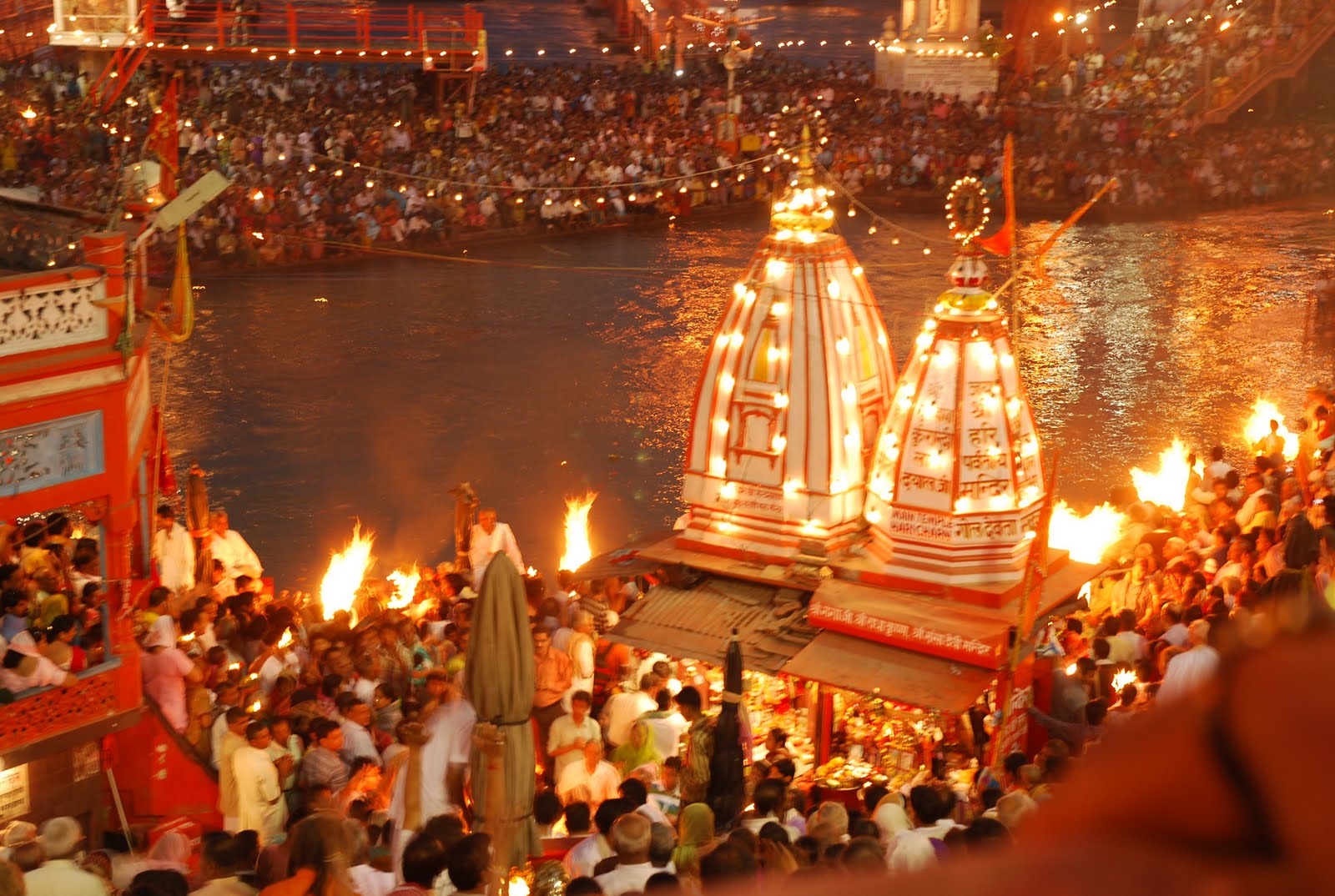
North And South India Heritage Religious Tour
27 Nights / 28 Days
One of the most revered temple destinations of India, Kedarnath town is nestled in the mighty Garhwal Himalayas. The town, built around the revered Kedarnath temple, is located at an altitude of 3,580 m, near Chorabari glacier, which is the source of the Mandakini river. Dedicated to Lord Shiva, the ancient temple has exquisite architecture and is built of extremely large but evenly shaped grey stone slabs. A conical rock formation inside the temple is worshipped as Lord Shiva in his “Sadashiva” form. The Kedarnath temple, dedicated to Lord Shiva, is a part of Char Dham pilgrimage circuit, and is one of the 12 Jyotirlingas of Lord Shiva in India. Behind the Kedarnath temple, stand the Kedarnath peak, Kedar Dome and other Himalayan peaks. The historical name of this region is "Kedar Khand" and legend says, the Pandavas from the epic Mahabharata, after having defeated the Kauravas, felt guilty of having killed so many people and sought the blessings of Lord Shiva for redemption. The Lord eluded them repeatedly and took refuge at Kedarnath in the form of a bull. The Lord dived into the ground, leaving his hump on the surface at Kedarnath. The remaining portions of Lord Shiva appeared at four other places and are worshipped there as his manifestations. The arms of the Lord appeared at Tungnath, the face at Rudranath, the belly at Madmaheshwar and his locks (hair) at Kalpeshwar. The Kedarnath and four above mentioned shrines make the revered Panch Kedar pilgrimage circuit.
There are several folk tales that are related to the Garhwal region, Lord Shiva, and the construction of the Panch Kedar temples. Tale Related to Mahabharata The heroes of the Hindu epic Mahabharata, the Pandavas, are mentioned in a folktale called Panch Kedar. In the famous Kurukshetra war, the Pandavas vanquished and killed their relatives, the Kauravas. They wanted to atone for the fratricide (gotra hatya) and brrahmahatya (killing of priest class Brahmins) they had committed during the conflict. So they gave their relatives control of their country and set out to find Lord Shiva to ask for his blessings. They first travelled to Varanasi (Kashi), a sacred city thought to be Shiva’s favourite and home to the Kashi Vishwanath Temple. Shiva, however, intended to stay away from them because of his intense resentment over the deaths and dishonesty at the Kurukshetra war and his insensitivity to the Pandavas’ prayers. So he changed into a bull (Nandi) and hid in the Garhwal region. The Pandavas travelled to the Garhwal Himalayas after failing to find Shiva in Varanasi. The second of the five Pandava brothers, Bhima, then began to search for Shiva while perched atop two mountains. He noticed a bull grazing close to Guptakashi (also known as “hidden Kashi” due to Shiva’s act of hiding). The bull was immediately recognised by Bhima as Shiva. The bull was grabbed by the tail and rear legs by Bhima. However, the bull-shaped Shiva vanished into the earth before making partial reappearances at Kedarnath, Tungnath, Rudranath, Madhyamaheshwar, and Kalpeshwar. The nabhi (navel) and stomach surfaced at Rudranath, while the face and hair resurfaced at Rudranath. The Pandavas constructed temples in Uttarakhand at each of the five locations to honour and adore Shiva since they were thrilled with his reappearance in five different guises.
In a different version of the story, Bhima is credited with not only catching the bull but also preventing its disappearance. As a result, the bull was split into five pieces and manifested in five different places around the Kedar Khand in Garhwal region of the Himalayas. After constructing the Panch Kedar Temples, the Pandavas reached salvation or heaven by performing a yagna (fire sacrifice) at Kedarnath and then following the holy road known as the Mahapanth (also known as Swargarohini). The Kedarnath, Tungnath, and Madhyamaheshwar temples and the Panch Kedar Temples are built using the same North Indian Himalayan Temple architecture. Adi Shankara’s Relation with the History of This Holy Shrine The 8th-century philosopher Adi Shankara is said to have passed away in the highlands close to Kedarnath, according to hagiographies based on Madhava’s Sankshepa-Shankara-Vijaya, however other hagiographies based on Anandagiri’s Prachina-Shankara-Vijaya claim that he passed away in Kanchipuram. At Kedarnath, there are still remnants of a memorial marking the alleged site of Shankara’s demise. By the 12th century, when it is referenced in Kritya-kalpataru, a work by the Gahadavala minister Bhatta Lakshmidhara, Kedarnath was undoubtedly a well-known pilgrimage site.